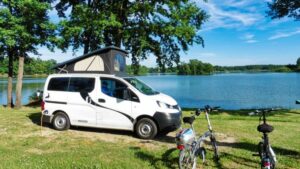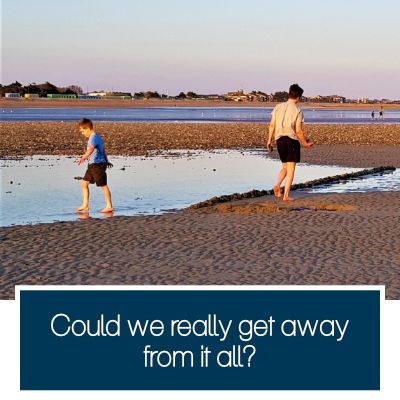Geocaching Guide
Geocaching is one of our clients' favourite games when traveling.
We'd love to chat:
- Expert campervan builders
- Trusted by over 1000 Sussex Campervan owners
- Exceptional aftercare support
Geocaching UK
If you’re a regular camper, you should consider joining in the treasure hunting adventure. You could even hide your own geocache!
Geocaching is an activity that has been going on in the UK, and even across the globe, for over 20 years. The adventure game of Geocaching is essentially a massive treasure hunt that has capsules hidden on all seven continents across 191 different countries.
Popular with campers, hikers, mountaineers and those with an adventurous streak, Geocaching is rapidly growing. The number of participants seems to have been massively helped by modern technological advances making the hunt for caches even more thrilling.
Exploring Somewhere New?
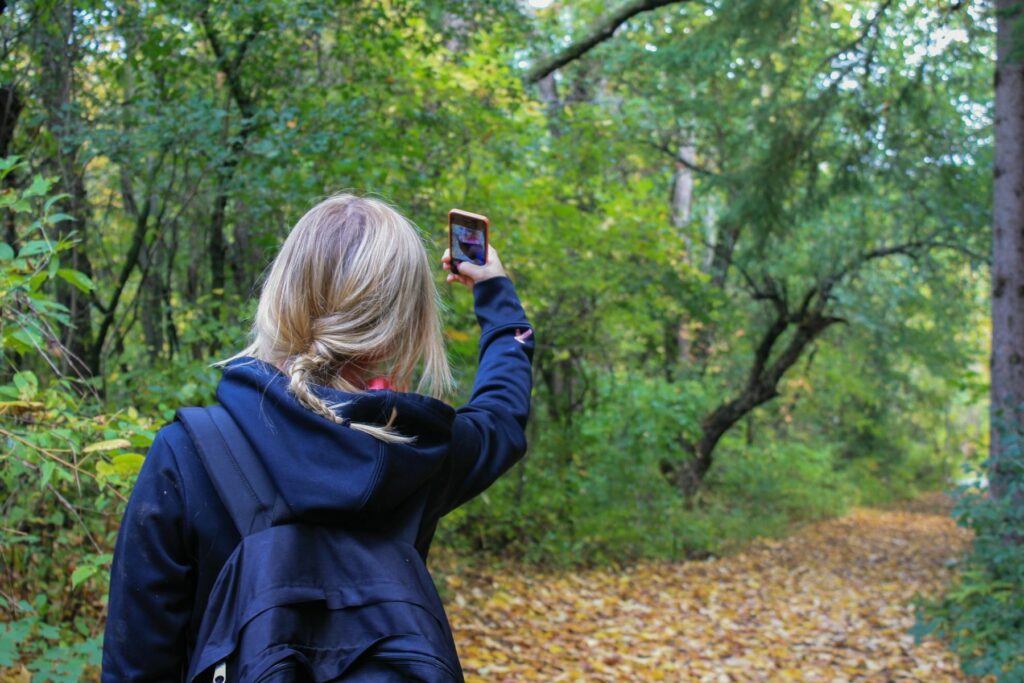
What Is Geocaching? The Meaning of Geocaching
Geocaching is the process of treasure hunters using the Geocaching App or a GPS device to locate cleverly hidden capsules known as Geocaches.
These Geocaches are placed in out of sight hiding spots and force adventurers to rely on hints and their wit to find them.
The official Geocaching website lists several rules to help make sure that all treasure hunters are kept safe. This means that while sometimes caches are well hidden, they should never be particularly difficult to obtain.
The number of caches that can be found in each area often differs, however the official Geocaching rules state that a minimum distance of 161m or 528ft is required between each one.
How Many Active Geocachers Are There?
When you find your first geocache you officially join a community of almost 1 million active players and 3-4 million registered members.
Non-Geocachers are known as muggles, based on the concept from Harry Potter the terms are used in the films to describe non-magic users. In this case it is simply used to refer to members of the public who are not aware of or do not take part in Geocaching.
This is relevant because one of the most important tips given to budding Geocache hunters is not to be seen hiding or retrieving the Caches. This is because muggles might potentially steal or tamper with the cache. You may even be reported for suspicious behaviour, so maybe consider leave your balaclava at home…
What Is a Geocache?
A Geocache is the smallish capsule hidden by participating players in varying cities, towns, and locations across the globe. Each one contains multiple treasures.
Every Geocache is different. Some are tiny and can come in a similar size and shape to disposable camera film canisters. We’ve seen everything imaginable from simple lunch boxes spray painted for camouflage all the way to mechanical pipes that require an AA battery to open. At Sussex Campervans it’s one of the big things we love about Geocaching, you never know what you might find!
The only thing that almost every Geocache has in common is that it is waterproof… well they’re supposed to be anyway. As time goes on, as with anything, the weather can slowly cause caches to deteriorate meaning that every now and then you might come across one that has become a bit soggy or waterfilled. This is why the official rules require people who setup caches to regularly check them.
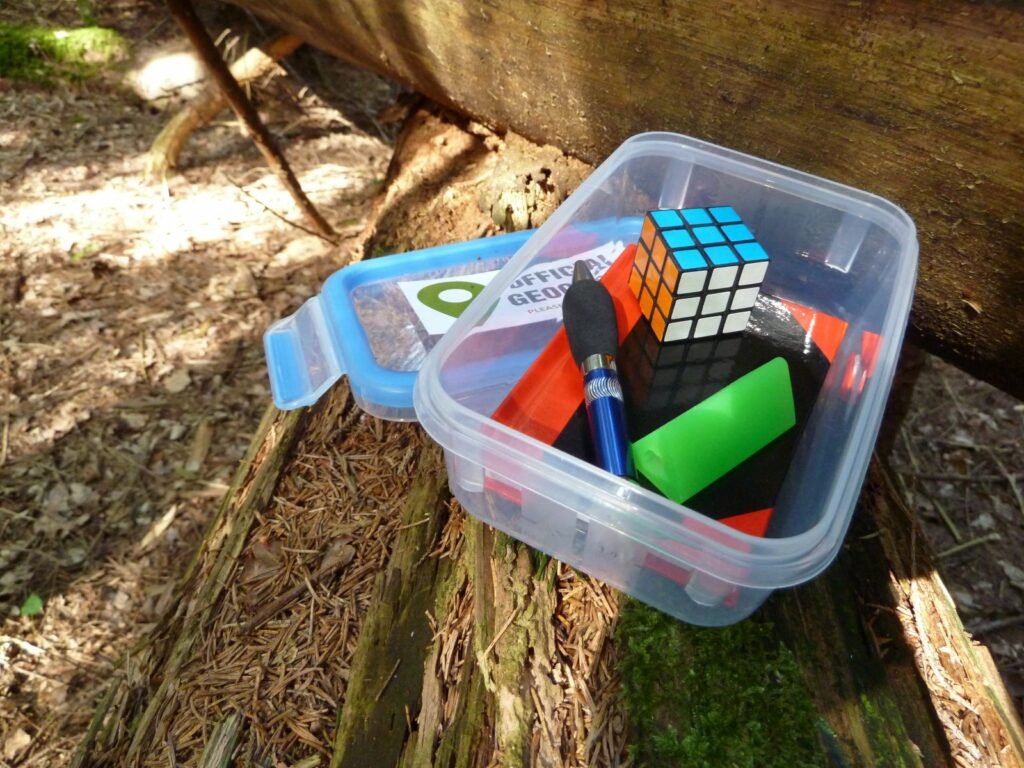
What Is Inside a Geocache?
The Geocaching etiquette is that once you find a geocache you can take something, so long as you put something back in! As a result, you never know what you might find.
Just as every geocache is unique on the outside, all the items inside a cache will be different. These items are referred to by Geocachers via a variety of different names but the two most popular are ‘swag’ or ‘treasure’.
If you are thinking about buying some swag to go geocaching with and unsure of what to get then be sure to watch some videos to get a good idea of the kinds of things people are putting in. Our Sussex Campervans team have found all sorts, from pens to marbles, McDonalds toys, stickers and plastic army men.
Still no ideas? Well, we do offer our clients a geocaching kit to help them get started, which includes some unique swag to put inside Geocaches. If you are a Sussex Campervans owner, be sure to drop our team a message and we can send some out to you!
Geocaching Containers – How Can I Hide One?
Maybe you’ve been hunting geocaches for a while now and are thinking about starting your own. There is no time like the present! You can essentially hide as many geocaches as you like… just so long as you stick to the rules and make sure they are kept up to date. Some avid geo professionals have as many as 60+ caches hidden simultaneously, but maybe just start with one or two and see how you get on!
Registering a geocache is fairly simple – you can do so by following this link – however before you do, make sure you read some of the rules below.
Hiding a Geocache – What Are the Rules and Guidelines?
The official Geocaching guidelines strongly recommend that you find at least 20 caches before you hide your own. This is so that you can gain some experience and learn to recognise the different features that can make hiding a geocache successful and fun.
Keep it Legal
The first thing you should think about before hiding a geocache is whether it is in a legal and safe spot. It might seem obvious, but hiding it by a busy road, on private property without permission, or in a power station will all lead to problems. The number one priority when geocaching isn’t to make it impossible to find or access, but to make it fun and safe. Even if you get permission to put a cache on private land the official geocaching site states the following:
“If you have permission to place a geocache on private property, indicate this on the cache page for the benefit of the reviewer and those seeking the cache. A community volunteer may ask you to provide contact information of the person giving permission.”
You should also avoid doing anything that might lead to the damage of wildlife or plant life. For example, hiding your Geocache in a tree might seem like a good idea, but actually it may damage the tree if people try and climb it. This also applies to historical and archaeological sites.
Essentially you need to do a quick risk assessment to ensure that the placement of your cache won’t result in any harm coming to things others may value.
Minimum Distance When Geocaching
Every Geocache placed must be a minimum distance of 161 meters (528 feet) or 0.1 miles away from any other caches.
However, we would strongly recommend that you double that distance. Having geocaches close together takes some of the fun out of the activity. Geocaching is enjoyable because of the adventure of tracking the treasure and working to find it. When you have the caches close together, it dims the magic and altogether makes the game less competitive.
A good rule of thumb is to always put yourself in the shoes of the people you are preparing the cache for.
Don’t Make Your Geocache Too Hard to Find
At Sussex Campervans all of our staff who partake in Geocaching have on occasion come across a cache that was almost impossible to find.
While the person in charge of designating the caches hiding place may have deemed it to be an extremely clever hiding place, in reality it only created a frustrating experience. This is one of the reasons that the geocaching guidelines state that it is against the rules to bury your cache.
Regularly Check Your Geocache
Finally, it is essential that you regularly check on and keep up to date with your Geocache. You should do this both through the geocaching website/app but also in person.
You need to make sure that it hasn’t been stolen, moved or tampered with. It is also important that you take responsibility for maintaining the log and keeping it watertight.
There is nothing worse than hunting for a geocache just to discover that it has become waterlogged and has been ruined.
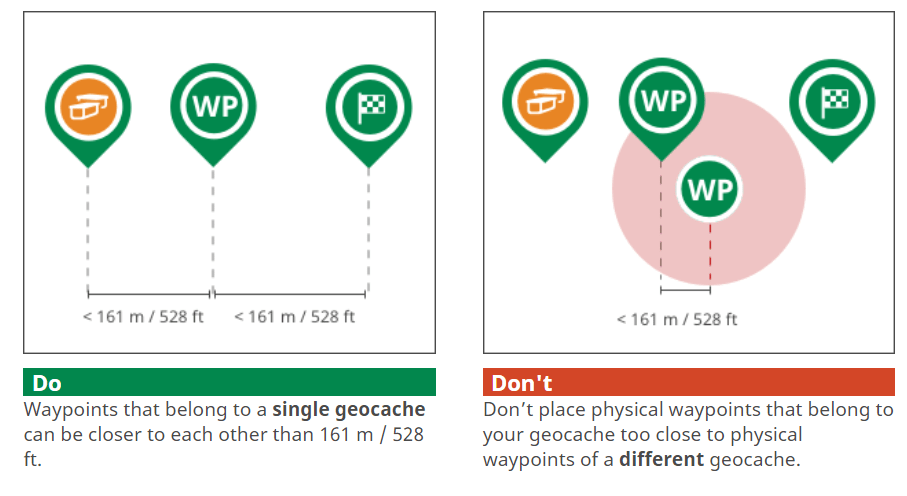
What Is a Geocaching Trackable?
When taking swag from a geocache, make sure to double check if it has a QR code or tracking tag on it! If it does, make sure you move the treasure on to another location, don’t just keep it.
Learn more about Geocache Trackables here.
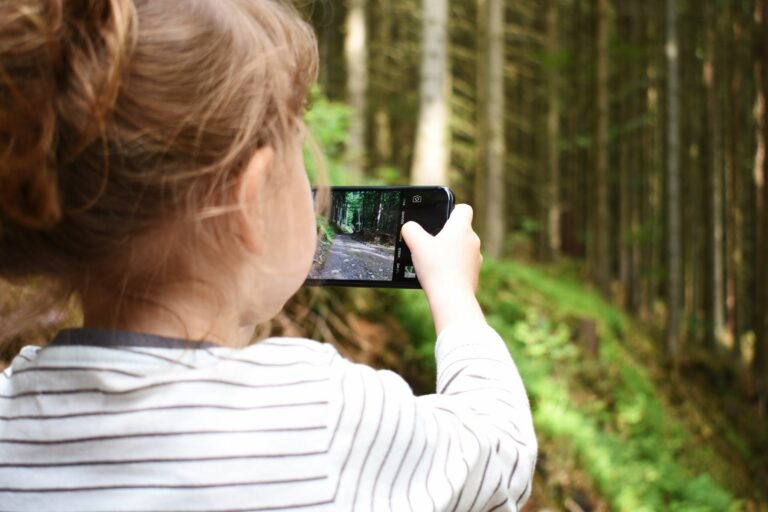
Geocaching for Kids
If you’re starting out Geocaching for the first time it can seem a little bit daunting having to handle both children and GPS co-ordinates. However, it is honestly very very simple and easy. Once you get the hang of it you’ll have found the perfect outdoor activity for a young family!
It’s free and you can do it anywhere. All you need to do is download the app. There are a few tips though that we have managed to pick up with a small amount of experience:
- Pick Geocaches located in wooded and wild areas. While you are free to go for any cache you like, if you have to keep your eye on multiple children, then being away from streets and busy roads is definitely a plus. Being in forests or woods also makes the experience far more exciting for the kids.
- Don’t go too far. When looking up nearby caches it can be easy to go for a challenge and select something that might be a fair distance away from civilisation. Sounds great considering tip one, right? However, it’s almost guaranteed that your kids will tire very quickly and leave you frustrated, especially if you have any difficulties finding it. Once you’ve done a few you’ll get a better feel for how long a geocache will take and if you’ve got the collective energy for it.
- Don’t do it in evenings/night-time unless you’re prepared! There have been multiple times I thought I would take the kids and simply do a quick geocache after work. The appeal was getting them out of the house so they could burn energy before bed. It works great in theory, but as it starts to get dark and you still haven’t found that pesky geocache… that is when the trouble can start! By all means, if you have torches and are prepared for the adventure, then doing it at night can make it even more exciting! It’s just not so much fun when you’re lost in the woods in pitch black with hungry children who need the toilet!
- WARNING! Geocaching is highly addictive, once you start, you won’t be able to stop!!! That expensive PlayStation you bought your kids for Christmas might start gathering dust.
How to Start Geocaching
Read all the advice above and think you’re ready to go? Feeling fired up and ready to start collecting? Excellent! Here is how to get started.
The first step is:
1. Download the Geocaching App
If you visit http://www.geocaching.com you can create a free account and download the official application. It will provide you with all the information you need on how to get started!
The app doesn’t have any hidden costs and will allow you to track GPS co-ordinates and find geocaches directly from your mobile phone. Each geocache is ranked by difficulty from 1-5, giving you a good idea of what you can expect.
2. Geocaching Near Me
Once you’ve downloaded the app you will be able to view a map that shows you all the closest geocaches to you. Once you have decided on a location that you think will work well for you and the rest of your party, it’s time for the hunt to begin!
3. Geocaching Map
Once you have created an account on geocaching.com you will then be able to get full access to the complete geocaching map. Now comes the part where you need to carefully look at the geocaching map on your mobile phone or GPS device.
The map is handy because it will tell you where each cache is located with additional info that will make it easier to find. It will provide details on when it was last found, how big the cache is and how hard it is to locate. The most important thing is it will also show you the type of landscape the geocache is hidden in.
While you almost certainly won’t need these items for the majority of geocaches, before you leave your house, you may need to consider taking the following if you are going to be collecting several caches or travelling a long distance through woodland areas:
- A pen to sign the log book
- A torch
- Coats or Umbrella depending on the weather
- A change of socks/footwear
- Snacks (these are essential)
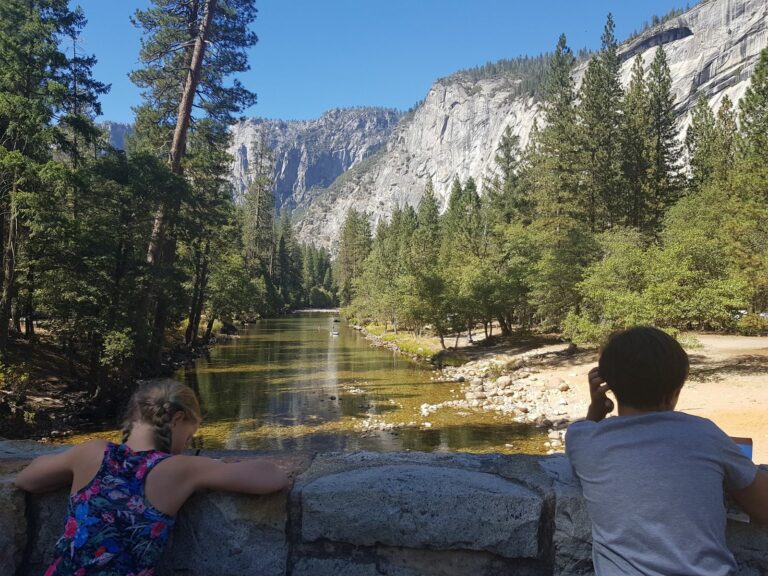
4. Geocaching Mission Complete!
Once you have found the geocache, make sure to enter your names into the logbook and replace it where you found it! You will also be able to see your stats on the geocaching website and track the amount of caches you have managed to find over time.
Was this geocaching guide useful? Anything you think we missed? Maybe you have additional questions?
Please feel free to click my author bio or this link, there you can find a button to contact me directly! I would love to hear from you, even if you just want to brag about your recent Geocaching adventures and finds! You never know, it may be interesting enough to include in one of our printed publications or feature elsewhere on the website!
You can also see tons of different camping and outdoors activities in the other blog posts I’ve written and the campervan lifestyle section of our website. We even have a list of easy yet tasty meals you can cook while out and about or camping!
You may also enjoy...
Looking for the UK's Best Wild Camping Spots?
Explore our Exclusive Map – compiled from Campsites personally recommended by Sussex Campervans’ Clients.

